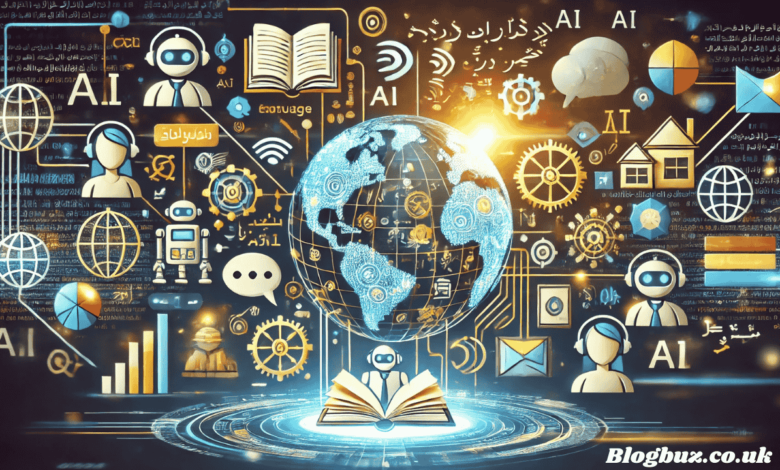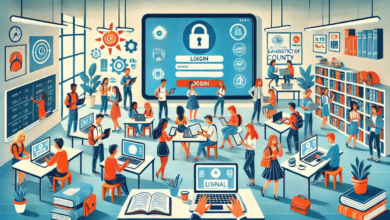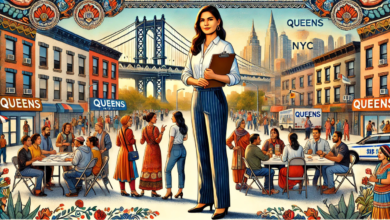Embracing Global Diversity through Pöversätt: The Evolution of Language Translation

Communicating across language barriers is more crucial than ever in our interconnected world. The term pöversätt, embodying the concept of translation, plays a pivotal role in this dynamic. This article delves into the multifaceted aspects of translation, examining how it serves as a bridge between cultures, the impact of technology, and the future of this ever-evolving field.
The Art and Science of Translation
Translation is not merely a mechanical process of converting words from one language to another; it is an art form that requires deep understanding, cultural sensitivity, and contextual awareness. Every language is embedded with its unique cultural nuances, idioms, and expressions that are often untranslatable on a literal basis. Effective translation, or pöversätt, demands that translators possess linguistic skills and a profound understanding of the relevant cultures to ensure that the intended message is conveyed accurately and respectfully.
Technological Innovations Shaping Translation
The advent of artificial intelligence (AI) and machine learning has transformed the translation landscape. Tools like Google Translate and DeepL have revolutionized how we approach language barriers, offering instant translations of texts, websites, and even real-time speech. These AI-powered platforms continually learn from vast amounts of data, enhancing their accuracy and fluency. However, despite the advancements, the need for human intuition and interpretation remains significant, especially in complex, nuanced, or sensitive communications.
Human Touch in Pöversätt
While technology facilitates speed and efficiency, the human aspect of translation still holds paramount importance. Human translators bring an irreplaceable depth of empathy, emotional intelligence, and cultural insight that machines have yet to replicate fully. This human touch is crucial in literature, legal documents, and healthcare, where precision and cultural context play a significant role in the translation’s effectiveness and ethical implications.
The Role of Pöversätt in Global Business
As businesses expand globally, the demand for translation and localization has surged. Localization involves adapting a product or content to a specific market, not just linguistically but also culturally, ensuring that it resonates with the target audience. This aspect of pöversätt is crucial for businesses to succeed in international markets, as it enhances user experience, customer satisfaction, and brand loyalty.
Ethical Considerations in Translation
The translation is not devoid of ethical implications. Translators often face dilemmas about how best to convey sensitive or controversial content. Ethical translation practices require a balance between accuracy and cultural sensitivity, ensuring that translations do not perpetuate stereotypes or biases and that they respect the source material’s integrity and the target audience’s cultural values.
Education and Pöversätt
In education, pöversätt is crucial in making knowledge accessible across linguistic boundaries. Educational materials, scholarly articles, and online courses are increasingly being translated, allowing for a more inclusive and diverse academic environment. This not only helps spread knowledge but also fosters international collaboration and understanding.
Challenges in the Translation Industry
Despite the strides made in technology and methodology, the translation industry faces several challenges. These include dealing with languages with limited resources, maintaining the quality of translation at scale, and the continuous need for training and development in the face of rapidly evolving languages and technologies.
The Future of Pöversätt
Integrating AI with human expertise is expected to continue shaping the translation industry. Innovations like neural machine translation (NMT) make translations more fluent and contextually accurate. Additionally, the rise of voice translation technology and augmented reality applications is set to enhance real-time cross-linguistic interactions further.
Conclusion
Pöversätt, or translation, is more than just a linguistic task; it is a gateway to understanding and cooperation between cultures. As we advance technologically and expand our global interactions, the importance of skilled, thoughtful translation will only grow. By fostering better communication, we are not just translating words; we translate ideas, emotions, and values, thereby enriching our global community.
FAQs about Pöversätt
What is the importance of cultural sensitivity in translation?
Cultural sensitivity is crucial in translation because it ensures the content is respectful and appropriate for the target audience. It involves understanding and honoring the cultural nuances, values, and expressions unique to each language and culture. This prevents misinterpretations and preserves the intent and tone of the original message.
How has technology impacted the translation industry?
Technology, especially artificial intelligence (AI) and machine learning has significantly transformed the industry by enabling faster and more accurate translations. Tools like Google Translate and other AI-powered platforms can quickly process large volumes of text, improving both the efficiency and quality of translations over time as these systems learn from more data.
Why is the human element still crucial in translation despite technological advances?
Despite the advances in AI, the human element remains indispensable in translation due to the need for emotional intelligence, cultural empathy, and contextual understanding. Humans can interpret subtle nuances, idioms, and cultural references that machines often miss, making them essential for translations that require a high level of accuracy and cultural sensitivity, such as literary works, legal documents, and medical information.
What are some challenges facing the translation industry today?
The translation industry faces several challenges, including handling less common languages with fewer resources, maintaining high-quality standards amidst increasing demand, and keeping up with the rapid evolution of languages and technology. Balancing AI tools and human translators is a significant challenge, as both have unique strengths and limitations.
What future trends are expected in the field of translation?
Future trends in translation include more integration of AI with human expertise, further development of neural machine translation (NMT) for better context and fluency, and the expansion of real-time translation technologies. There is also an expected increase in the demand for localization services as businesses continue to globalize and require culturally and linguistically adapted content to specific markets.
You May Also Read: RDatao: Revolutionizing Data Management and Analytics




